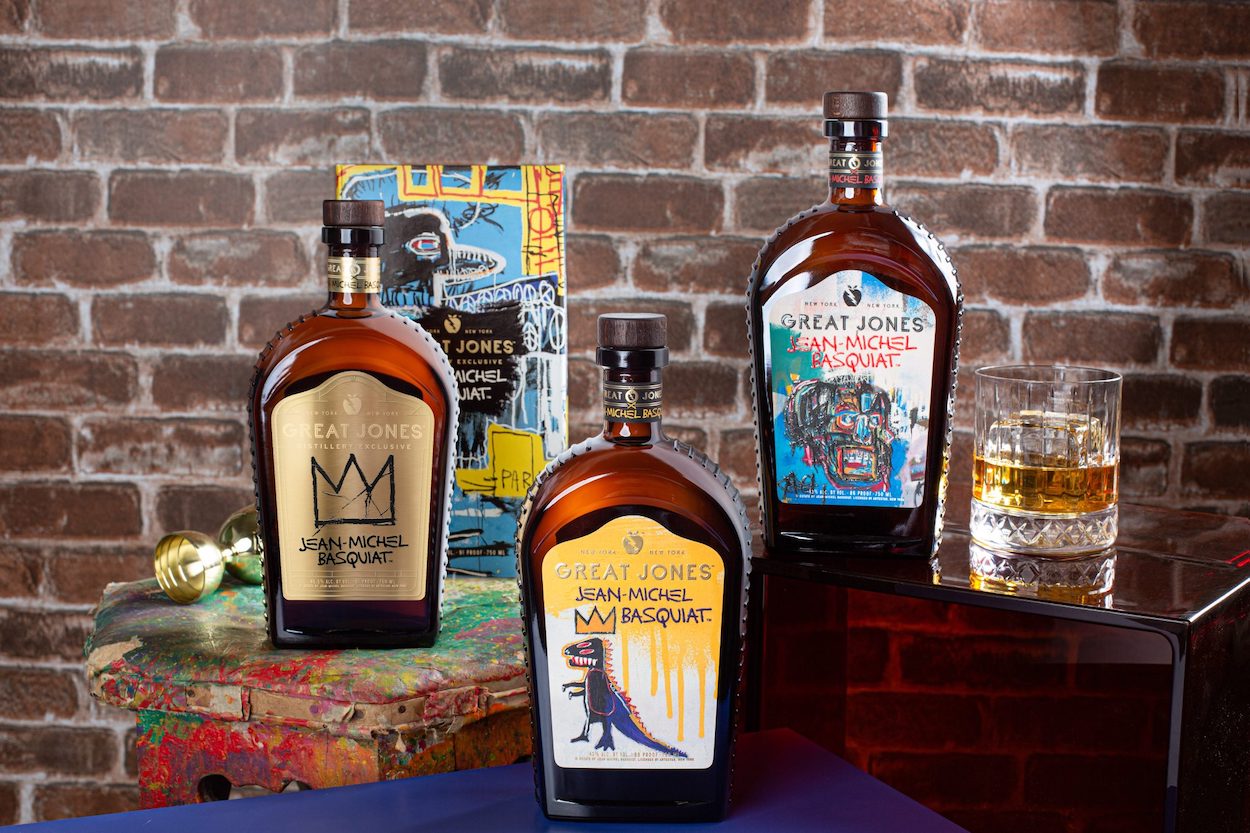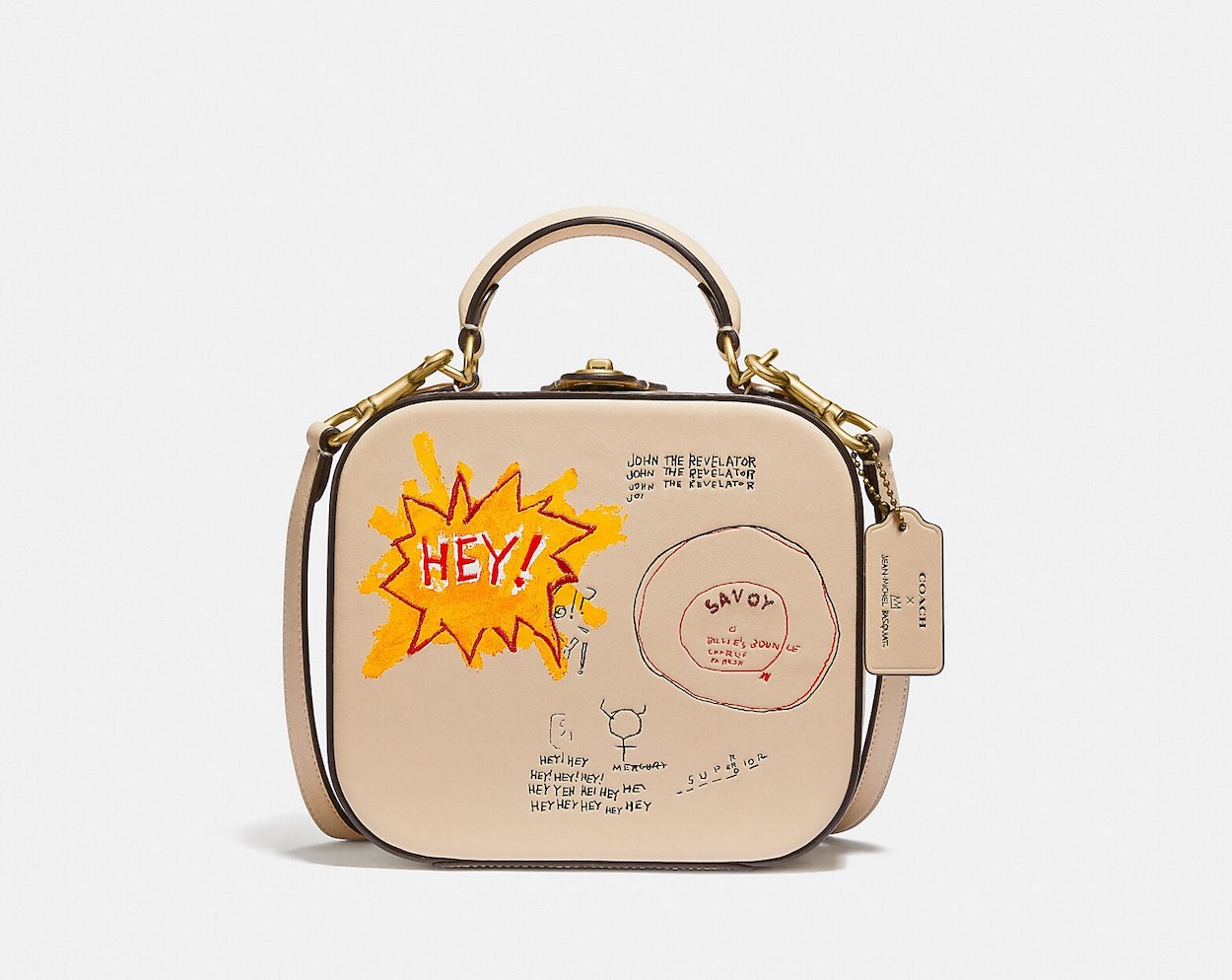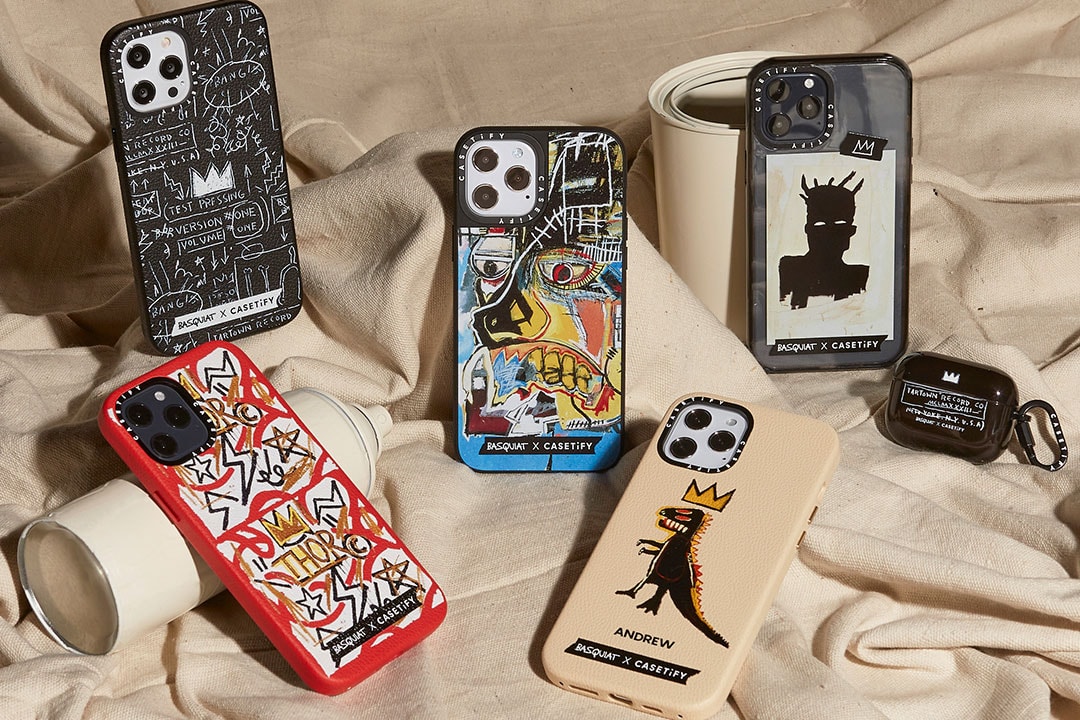How we perceive deceased artists largely hinges on the inheritors of their estate. Ana Mendieta may not have yet achieved her ambition of becoming “bigger than Frida,” but her sister and niece have both taken great measures to uphold the prolific Cuban-American painter’s legacy through interviews and gallery exhibitions. The deception that blocked Aaliyah’s silky R&B from streaming for two decades after she died in a plane crash contrasts her otherwise angelic image. Thanks to the organizational prowess of Francesco Melzi, the pupil who inherited Leonardo da Vinci’s notebooks, the High Renaissance polymath’s ruminations on art and science were able to see the light.
Then there’s the conundrum of Jean-Michel Basquiat, the gifted New York painter whose graffiti-inflected style propelled him to global stardom during his short life. More than three decades after his death, in 1988 of a heroin overdose, Basquiat’s Neo-expressionist paintings have reached astonishing levels of commercialization: they appear on Coach handbags, Ligne Blanche homewares, Doc Martens, bottles of Great Jones whiskey, and even Ruggable rugs. The saturation prompted Hypebeast to ponder if the endless Basquiat brand collaborations risk stoking consumer fatigue—especially among Gen Z-ers who may question why corporations suddenly care about an artist whose work ripples with anti-capitalism and references to Black cultural history, and was positioned as an outsider during his life.



